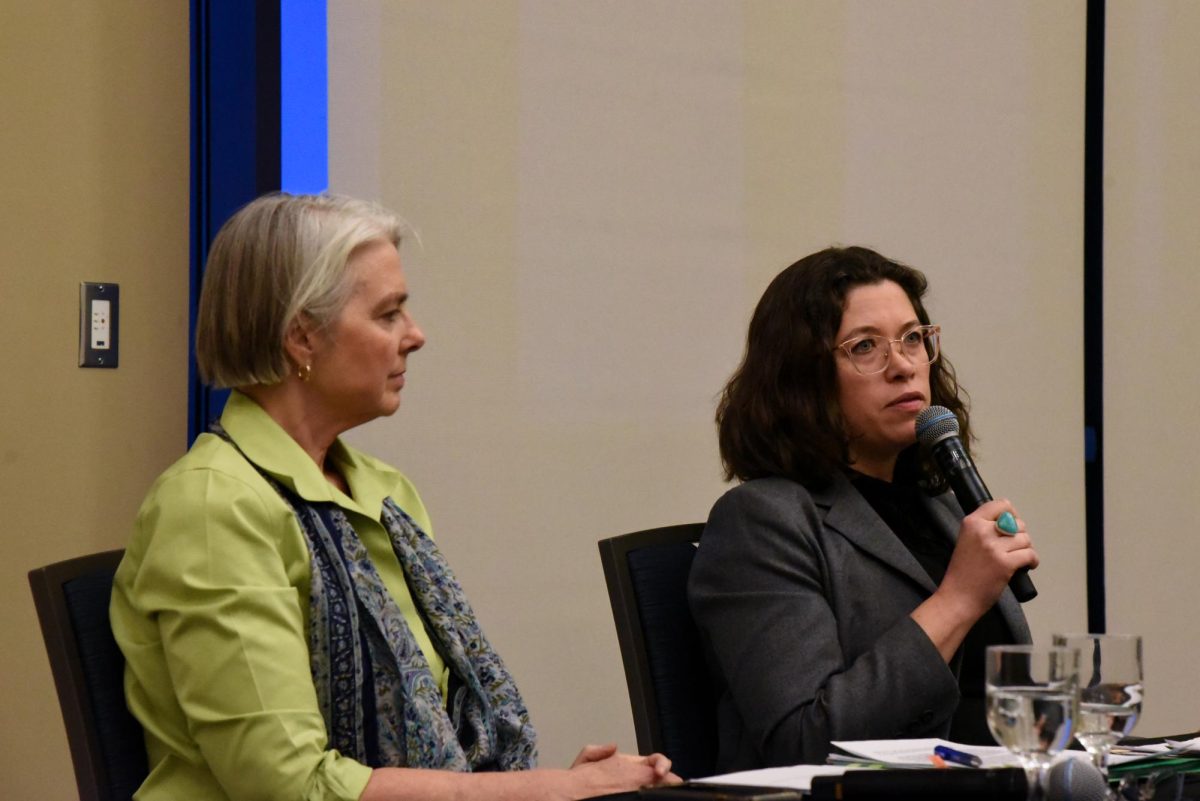Sunday, January 30 will be a day that the UVM community will remember for a long time. It was the day that the odorless, colorless, and tasteless toxic gas of carbon monoxide took the life of Jeffrey Rodliff, 23, of St. Johnsbury and has left his longtime girlfriend, Ginger Aldrich, 22, of Waterbury comatose at Dartmouth-Hitchcock Medical Center in Hanover, New Hampshire. She was transferred there from Montreal’s Sacre Ceour Hospital late last week.
Kerry McCarthy, 20, a junior at UVM was released from Massachusetts General Hospital in Boston on Friday. She was originally in critical condition but is now at her home in Montpelier resting with her family. Her mother told the Burlington Free Press, “The phone call was probably a parent’s worst nightmare, that your child is in critical condition and being flown to a major medical facility. You feel helpless because it’s beyond your control. You couldn’t wrap your arms around her and make her OK.”
Four other tenants were hospitalized out-of-state and have since been released. A firefighter, a police officer, and a maintenance work were also hospitalized for minor carbon monoxide poisoning in Burlington.
Carbon monoxide readings taken within Building 3 of the Redstone Apartment Complex on Sunday, January 30 showed the CO concentrations were 1000 parts per million, this is 40 times the normal level of carbon monoxide given off by gas heating systems. Building 2 also had high concentrations of CO. The heating systems in every other building in the Redstone Apartment Complex were properly functioning.
Nonetheless, all tenants of the complex were forced to out of their homes from Sunday, January 30 to Friday, February 4 when the installation of new heating system in the complex was complete. Tenants were provided housing and food at the Sheraton Hotel in South Burlington. Throughout the week they were allowed to enter their apartments with permission from authorities. This was allowed once a day and only for five minutes at time. On the day of the incident tenants were not given any specific information to the severity of the events, but were told to evacuate at around 5:00 PM. Throughout the week the tenants of Redstone Apartments were not privy to any more information than was allowed the general public.
Many tenants received their information from rumor and Press but not from anyone affiliated with the Redstone Apartments. Nationally carbon monoxide hospitalizes an estimated 10,000 people and kills 200 people on an annual basis. According to numbers release on the University of Vermont website from 2001-2003 the fire stations in Vermont reported 490 of carbon monoxide leaks and poisonings, of those 490 incidents 5 resulted in deaths.
In most cases carbon monoxide poisonings are caused by gas and oil heating system that are not functioning properly, as was the case at Redstone Apartments. The initial symptoms of carbon monoxide poisoning are headaches, dizziness, disorientation and nausea. Symptoms of advanced exposure include severe disorientation and dizziness leading into unconsciousness and death. State inspectors have determined that the incident at the Redstone Apartment Complex was caused by a malfunction in the heating system of Building 3 early Sunday morning where a blown out exhaust pipe released carbon monoxide. The U.S. Consumer Product Safety Commission confirmed that the Plexvent piping used in the Redstone Apartments was recalled in 1998.
The Commission stated that the piping was a “deadly threat to consumers.” According to the Burlington Free Press the same pipes found in Redstone Apartments have been linked to a few other deaths in the US. The owner of the complex, John Novarr, told the press that he had not been notified of the recall. He told the Free Press, “I’ve never received notice in all these years that there were health and safety issues related to boilers or vent pipes.”
In regard to the lack of lack of information Robert Patterson the regional manager of the Vermont Department of Labor and Industry told the Free Press, “I would have thought there would have been somebody working on the system who should have been able to identify that.”
Over the course of the past week the University of Vermont has had inspectors working to make sure that all of the heating systems in university buildings are functioning properly and that none of the piping was had been recalled like that in Redstone Apartments.
UVM has a central heating system that supplies 90 percent of university buildings with heat. Hot steam is piped through campus to heat water and buildings. This central system isolates the potential area of severe carbon monoxide leaks to the Physical Plant building located behind the Royal Tyler Theatre. Still, the university has been placing carbon monoxide detectors throughout campus.
Since the incident local officials as well as the state legislature and Governor Douglas’ administration have looked into what the effects would be of a policy that would require all new housing and apartment building to be installed with carbon monoxide detectors. According to a heating and ventilation expert from Cambridge, MA, Michael Carlin, 90 percent of deaths caused by carbon monoxide could be prevented if carbon monoxide detectors were mandated.
Other off campus apartment complexes such as Hill Gardens and College Street apartments are not at risk to this same kind of tragedy given that they are heated with electricity rather than gas and oil. Many landlords in the Burlington Area are currently installing carbon monoxide detectors in their apartments. If you are living in a gas or oil heated residence and do not have carbon monoxide detectors installed talk to your landlord and have them make a $20 investment.
















